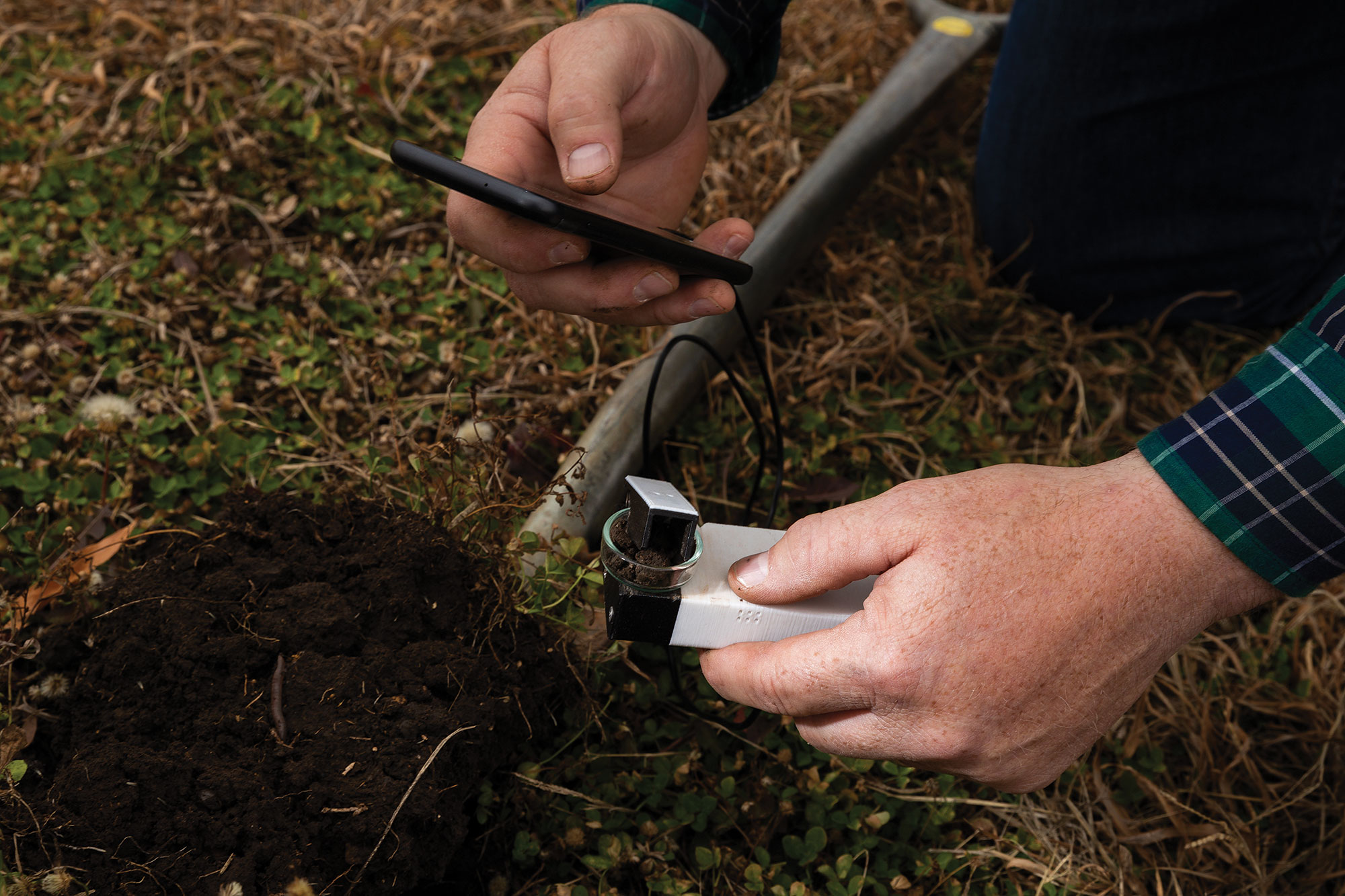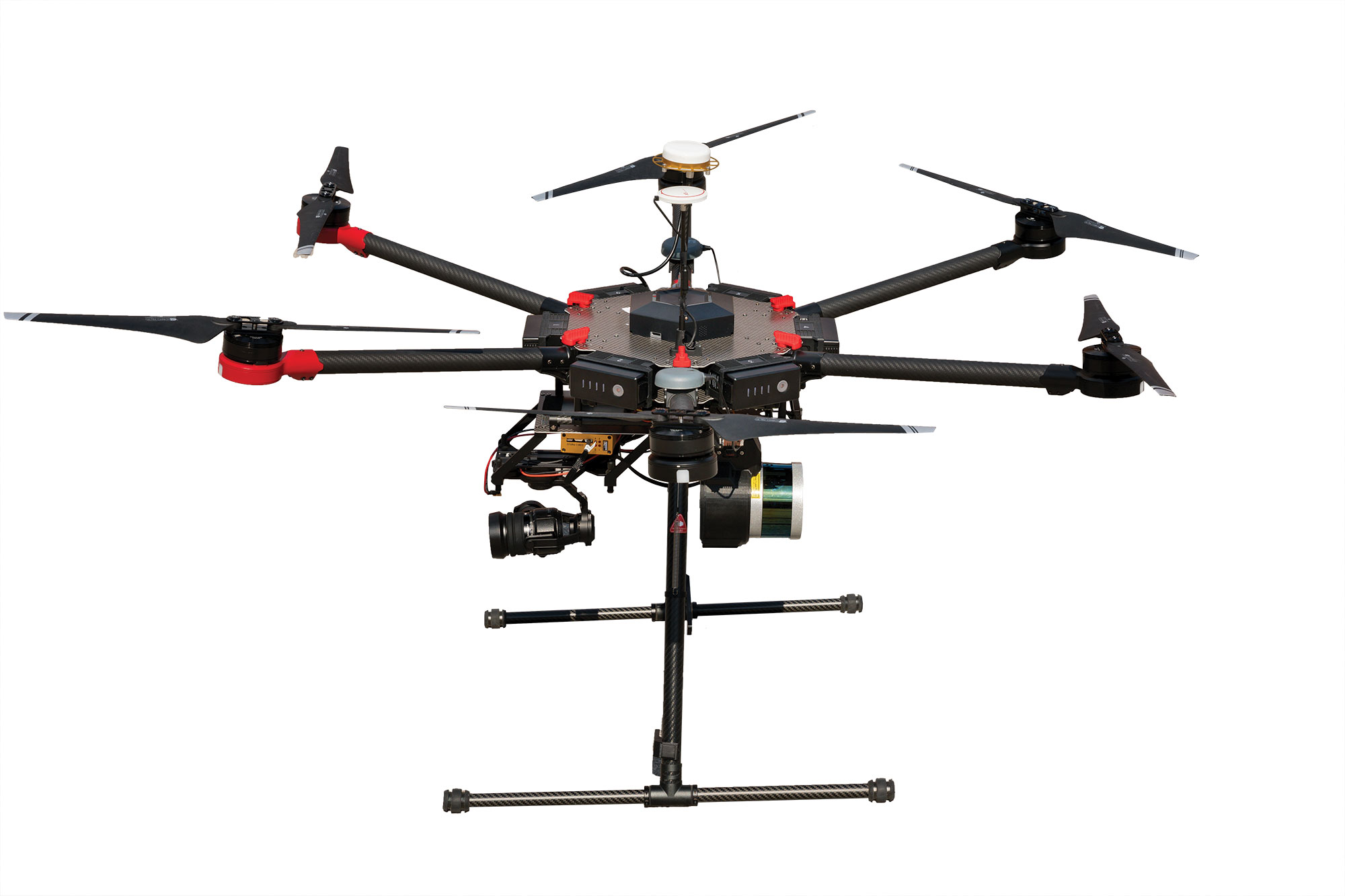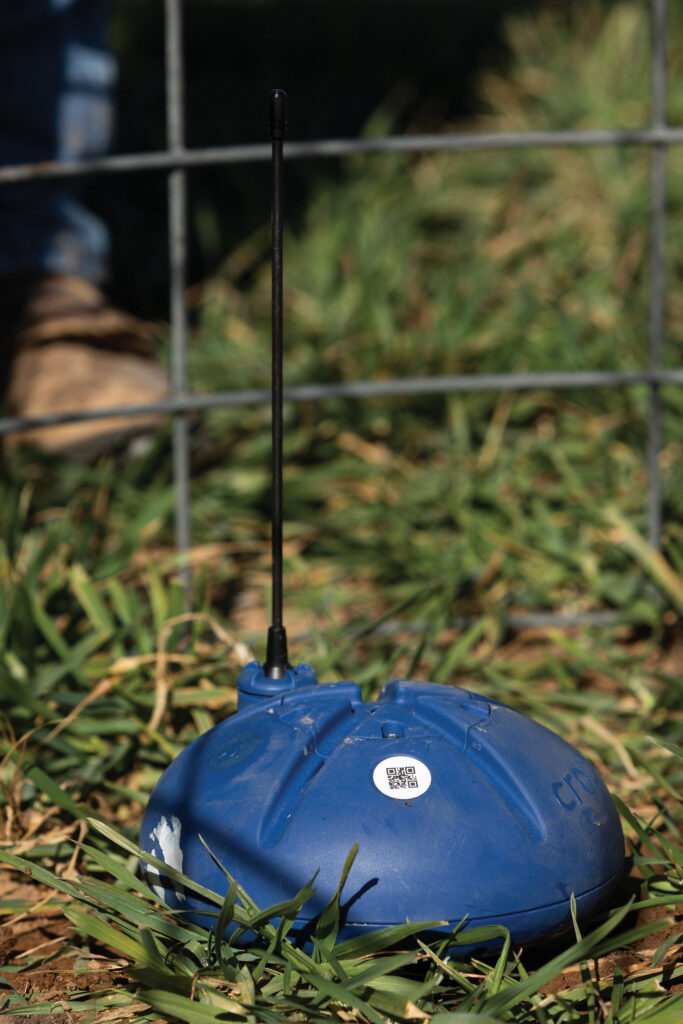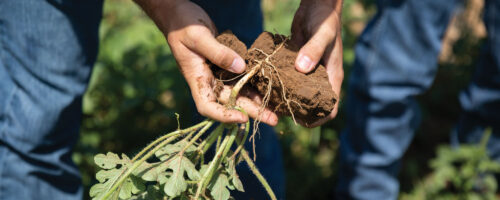Sensors are like the observant helpers of the technology world. They detect and measure changes in the surrounding environment then provide that information to another device for interpretation. Once interpreted, this feedback offers insight that is useful for decision-making or for increasing understanding.
Sensors are showing up more and more in everyday life, even if they aren’t visible. They enable cars to correct braking pressure so that they don’t skid. They turn on lights when people walk into darkened rooms. In agriculture, they have limitless potential to assist farmers and ranchers in making land management decisions.
Here are three ways sensors are being used to understand soils on Noble’s research and demonstration ranches.

1. Measuring Soil Organic Carbon
Noble seeks new approaches to accurately and economically measure soil organic carbon in the field. Noble is connecting geospatial data with organic carbon measurements to model field-scale soil carbon content. Noble researchers are currently testing prototype hand-held devices from Yale University that producers could could use to measure carbon levels in their soils across a ranch. This is important because soils, and their productivity, vary from area to area because of differing levels of carbon across a property.

2. Determining Soil Loss
Drones equipped with light detection sensors and cameras can take images of a particular piece of land and measure the dimensions of eroded areas. Then researchers can calculate how much soil would be needed to fill up the eroded area. In one 5-acre no-till summer fallow field, researchers estimated a loss of 8 tons of soil. That is equivalent to losing more than the weight of an elephant.

3. Detecting Soil Moisture and Temperature
Researchers are using soil moisture sensors to better understand how summer cover crops in winter pasture forage systems use water as well as the effects of till and no-till within these systems. Measuring soil temperature is important because the warmer the soil gets, the more water moves out of it. Plus, soil microbial growth decreases when temperatures exceed 85 degrees Fahrenheit. In one study, no-till pastures without cover crops were found to surpass 110 degrees during the peak of summer.


Comment